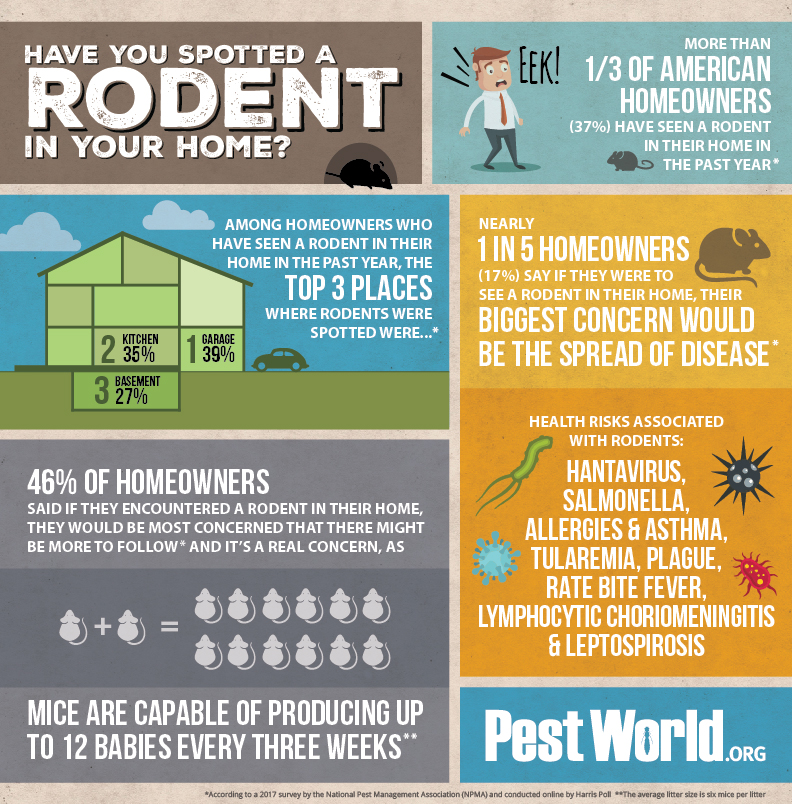The Tricks Of Bug Control Pros! Release The Power Of Innovative Techniques And Say Goodbye To Pesky Pests Completely
The Tricks Of Bug Control Pros! Release The Power Of Innovative Techniques And Say Goodbye To Pesky Pests Completely
Blog Article
Staff Writer-Andrews Henningsen
Are you tired of relying exclusively on sprays to take care of insects in your home or workplace? While sprays can be effective, pest control specialists have actually established advanced strategies that go beyond just splashing chemicals.
These techniques not just give much more reliable and lasting solutions, however likewise focus on lessening the use of harmful pesticides. By discovering these advanced methods, you will find an entire brand-new world of bug control techniques that are not just reliable, but additionally eco-friendly.
So, are you ready to take your parasite control game to the next degree?
Integrated Bug Monitoring (IPM)
If you're searching for an efficient and environmentally-friendly approach to pest control, Integrated Parasite Management (IPM) is the option you need. IPM concentrates on lasting avoidance and administration of insects, rather than just relying upon pesticides. This strategy thinks about the specific needs and actions of insects, along with the surrounding setting.
By utilizing a mix of strategies such as biological control, habitat manipulation, and targeted chemical usage, IPM aims to lower the reliance on chemical treatments and lessen harm to non-target microorganisms.
One vital facet of IPM is checking and determining bugs precisely. This entails consistently examining and analyzing the pest populace, as well as determining the details varieties existing. By comprehending the biology and behavior of insects, insect control professionals can create targeted methods to interrupt their life cycle and minimize their numbers.
Another vital component of IPM is utilizing non-chemical control methods whenever feasible. This can include physical barriers, such as installing screens or securing splits and holes, to prevent parasites from getting in structures. Furthermore, cultural practices, like appropriate sanitation and waste monitoring, can help remove bug food sources and breeding premises.
When pesticides are needed, IPM concentrates on using them carefully and as a last hope. This means choosing the least poisonous and most reliable choice, using it exactly and only to affected locations, and complying with all security guidelines. By decreasing chemical use, IPM minimizes the possible risks to human wellness and the environment.
Biological Control
To even more improve the performance of Integrated Bug Monitoring (IPM), the following subtopic we'll discover is the approach of organic control. This method utilizes natural killers or parasites to control insects.
Here are four crucial aspects of biological control:.
1. indoor ant control of natural adversaries: In this approach, useful pests or organisms are presented to the location ravaged with insects. These all-natural opponents prey on the insects, aiding to reduce their populace.
2. Conservation of natural enemies: Rather than introducing new microorganisms, this method focuses on developing an appropriate atmosphere for existing helpful bugs. This can be achieved via giving food, sanctuary, and water resources.
3. Enhancement: Right here, the variety of natural adversaries is increased unnaturally by breeding and launching them into the infested area. websites aids to quickly minimize the pest populace.
4. Push-pull technique: This method integrates repellents and attractants to control the habits of parasites. Repellents push parasites away from plants, while attractants entice them in the direction of trap plants or locations where they can be quickly managed.
Environment Alteration
Habitat modification plays a crucial function in pest control by altering the atmosphere to discourage parasite invasions. By making changes to the physical attributes of a room, you can produce an unwelcoming atmosphere for insects, making it harder for them to survive and grow.
One common approach of environment modification is getting rid of or reducing potential food resources for pests. This can include proper waste management, sealing containers, and cleaning up food crumbs.
Furthermore, eliminating or reducing locations of standing water can assist control bugs like insects.
Changing the landscape by cutting trees and hedges far from buildings can also protect against parasites from accessing your building.
Conclusion.
So there you have it - the innovative strategies used by pest control specialists surpass just splashing chemicals. Integrated Pest Management (IPM) incorporates various techniques to successfully control bugs, while biological control utilizes natural enemies to maintain bug populations in check.
pet safe ant deterrent plays an essential duty in protecting against bug infestations.
Did termite contract cost recognize that according to a research, carrying out IPM methods lowered chemical use by an average of 71%? This not only shields our health and wellness and the environment however also conserves money in the future.
